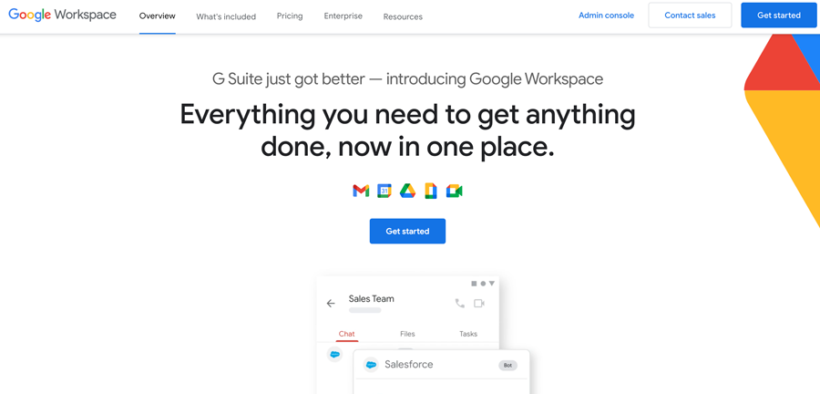‘Practical Techie:’ Workspace may be a new viable Office alternative

Formerly known as G Suite, Google’s new version of Workspace is a workable alternative to other mainstream document processors such as Microsoft Word and Apple Works. And probably cheaper, too.
Workspace is less than $6 a month, unless, of course, one wants to upgrade to a more professional suite.
I say workable because many corporations that shifted to G Suite (now Workspace) give testimony to the usefulness of the Google office suite software in this, a more virtual world of the 2020 pandemic. It’s considered user friendly with simplified sign-ins, fast documents management and electronic mail integrations. In other words, it gets the team working on one page while online.
Another productive feature of Workspace is the “Meet” function which allows for the picture-in-picture during collaborative, real-time communications when the work team is teleconferencing.
And as The Verge suggests, it has new integrations like creating a doc directly from a Chat window or starting a video call from within a presentation.
All of this seems to suggest Google is actively positioning itself as a working alternative to Microsoft Office. While most current users won’t notice a huge difference at first, the idea of easier collaboration might help get new companies — particularly smaller businesses — on board as paid customers.
REBRANDING — Basically, Workspace is a merge of Gmail, Google Docs and Google Chat. Add Meet, Sheets, and Calendar to those regular services and it became Workspace.
The Verge’s technical page describes Workspace’s interconnectivity this way: “A chat window can spawn a new document for everybody in the group without needing a new tab. And in Google Docs, instead of chasing each other’s cursors around or opening up a chat window, you can immediately just start a video call right in the same window for everybody who’s active in the document.”
By the way, Microsoft Office is attempting the same interactivity with its Microsoft’s Fluid Framework, another rebranding of its proverbial office suite. Both developers, by rebranding their document software are seeking to draw in more users with the convenience of fully integrated services that don’t send the user jumping around different software in these virtual times.
FREE — And then, there is the free stuff for the office. One source software that is easy to use, packed with features, and best of all, fully compatible with Microsoft Office documents. To name a few there is Zoho Workplace, Polaris Office, LibreOffice, FreeOffice and, of course, Google Docs.
Libre Office is everything you could want from an office suite, fully compatible with Microsoft formats and totally free to use — even commercially. It has a drawing feature for those that like to doodle.
Zoho Workplace is certainly closer to a complete desktop office package, and it’s strong enough to have attracted businesses like the BBC and Nike as regular users.
On the other hand, Polaris is a cross-platform office suite that keeps your work in the cloud. It comes with 60MB monthly data transfer, 1GB cloud storage and can be used across three devices, maybe one desktop and two mobile units.
Finally, Free Office provides analogs for Microsoft Word, Excel and PowerPoint. That is textMaker, planmaker and presentations, respectively.











